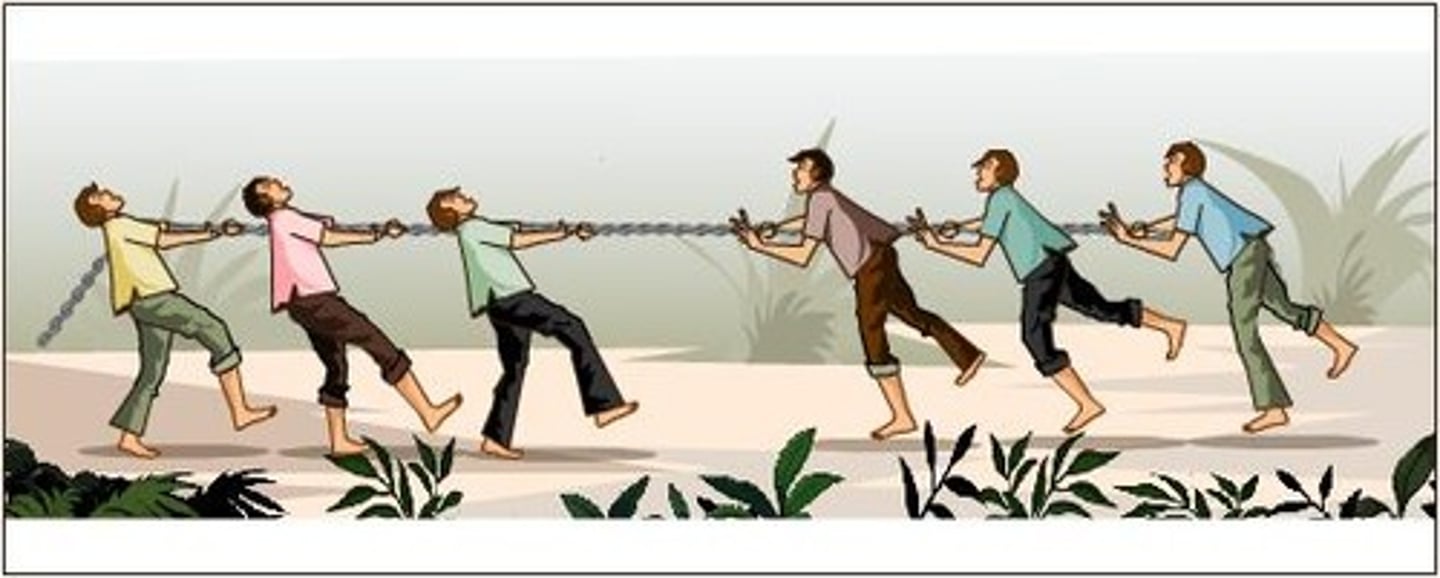China's One Child Policy case study單詞卡 | Quizlet
1/14
There's no tags or description
Looks like no tags are added yet.
Name | Mastery | Learn | Test | Matching | Spaced |
|---|
No study sessions yet.
15 Terms
1950s China
- 1.9% population change per year
- population = 0.6 billion
- previous Chinese governments had encouraged people to have a lot of children to increase the country's workforce
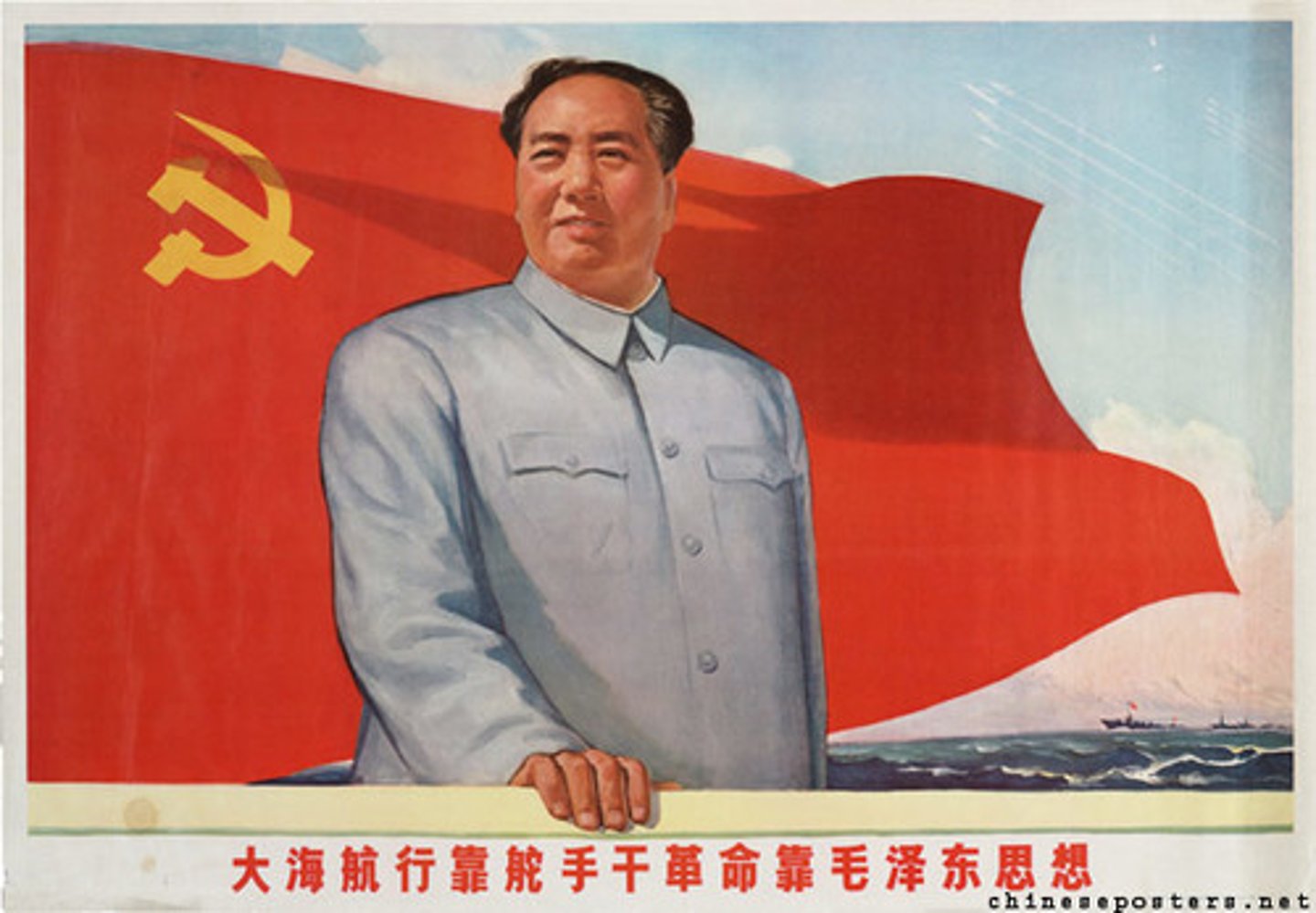
1970s China
- population = 0.9 billion (additional 300 million people in 25 years - birth rate 30 per 1000 - increased by 71%)
- Several measures to reduce the country's birth rate and slow the country's growth rate
- They realised the current rate of population growth would soon become unsustainable
- massive famines - 35 million had starved to death
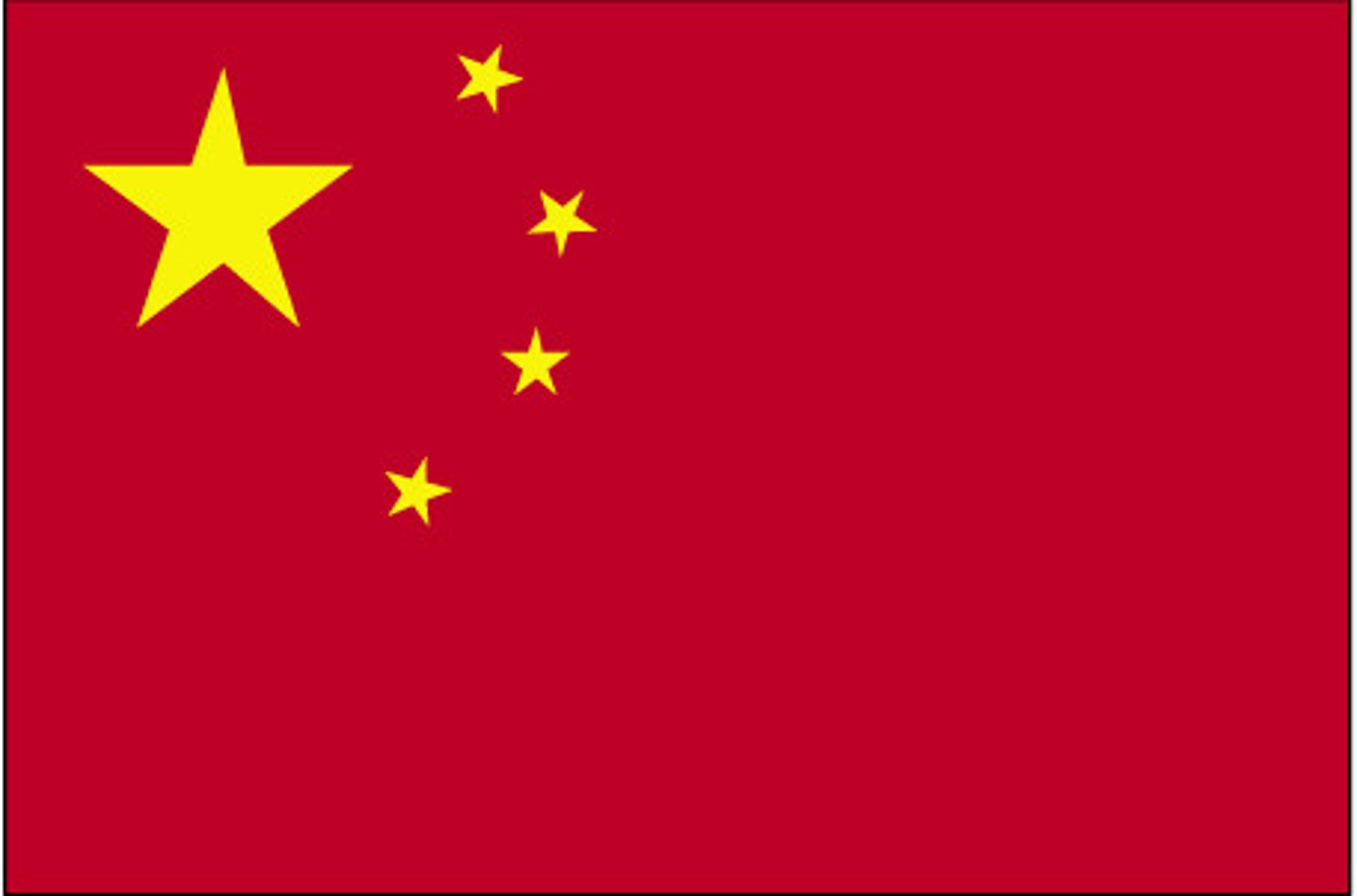
Famine:
a time when there is so little food that many people starve
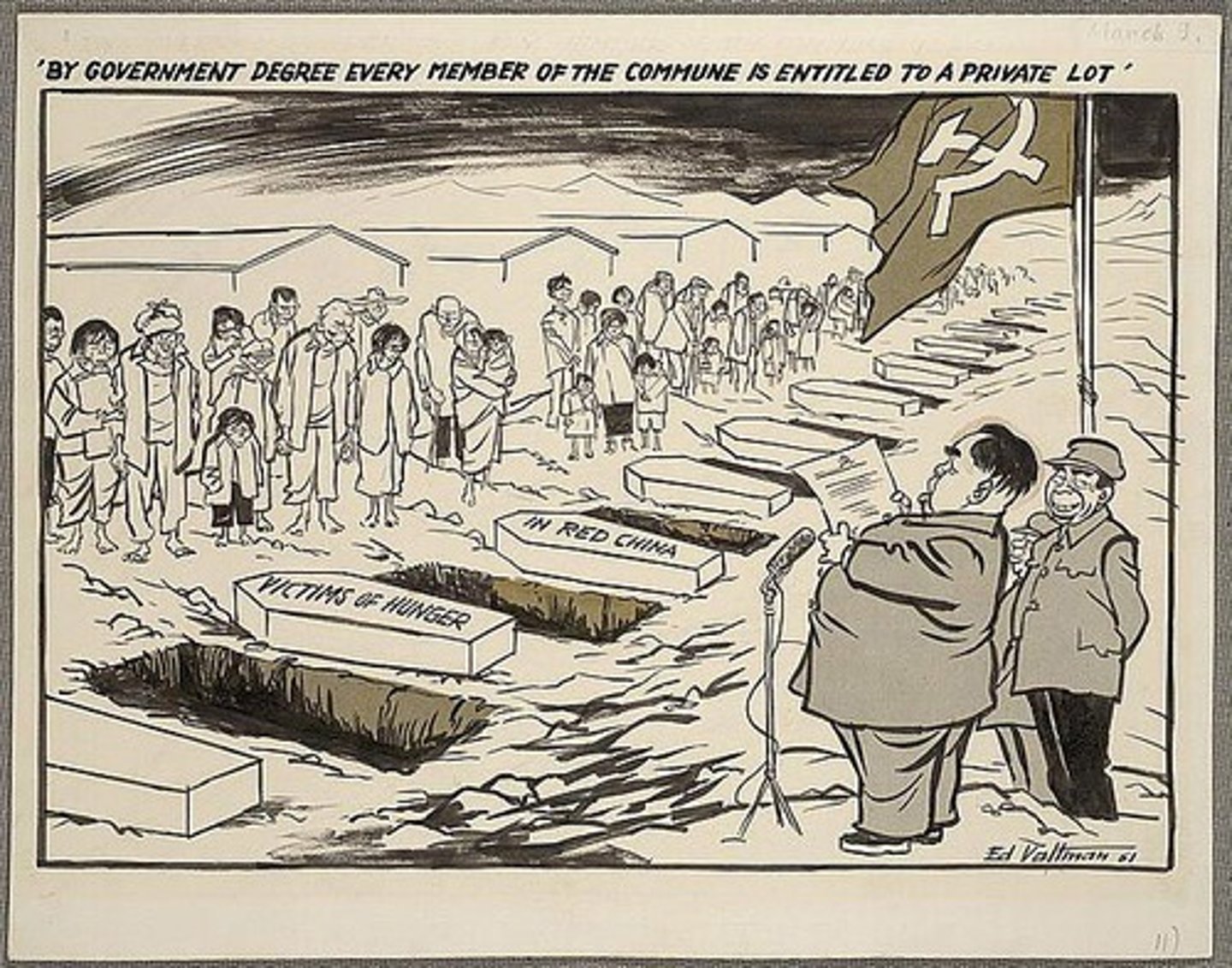
Starvation:
a state of extreme hunger state of extreme hunger resulting from lack of essential nutrients over a prolonged period
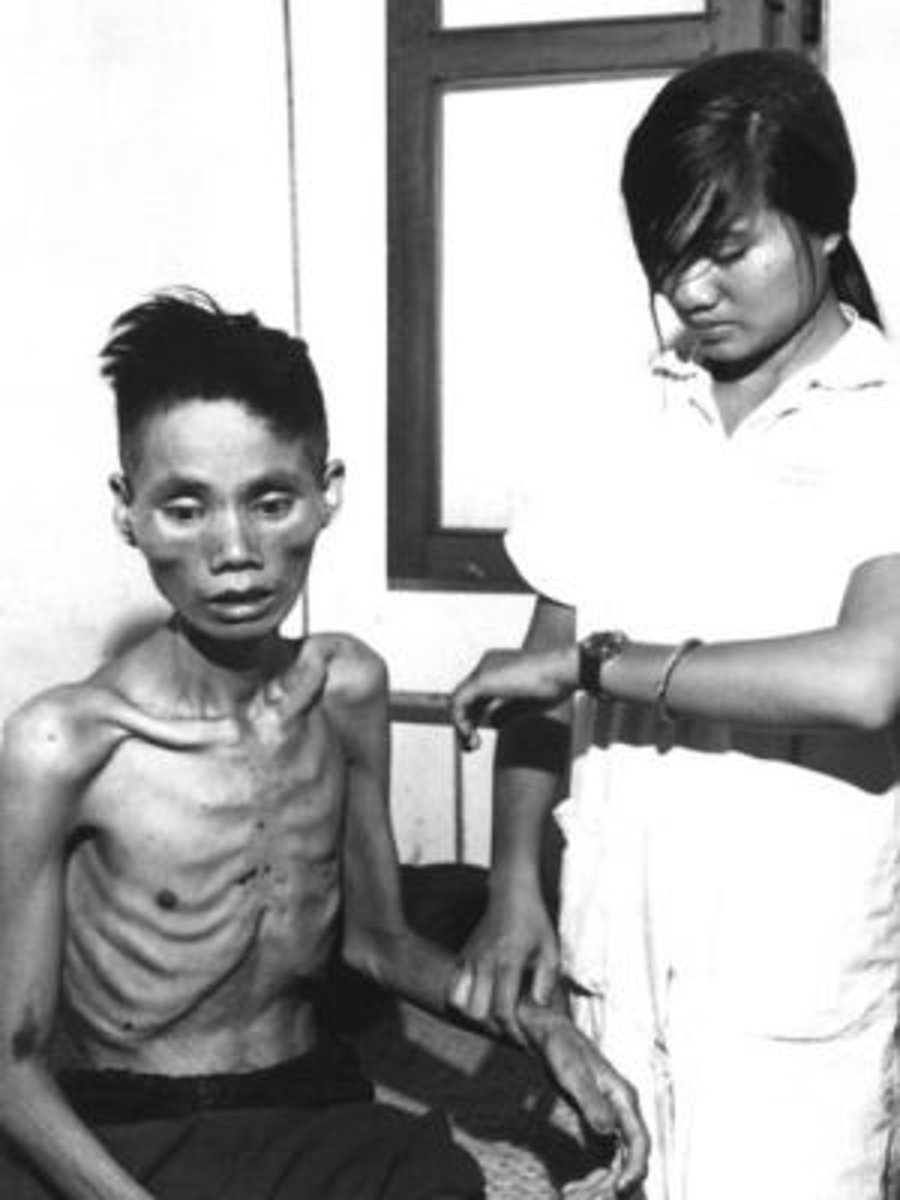
When was the One Child Policy established?
1979
(State officials where asked to enforce the policy by any means necessary)
- 9/10 people opposed the policy

Beginning in 1979, the one-child policy said that each couple:
-Must be sterilised after the first child or must abort any future pregnancies
- would receive a 5 to 10 per cent salary rise for limiting their family to one child
- would have priority housing, pension and family benefits, including free education for the single child

Any couples disobeying the rules and having a second child were severely penalised:
- a 10% salary cut was enforced
- the fine imposed was so large it would bankrupt many households
- the family would have to pay for the education of both children and for health care for all the family
- second children born abroad are not penalised, but they are not allowed to become Chinese citizens.
- The 'Granny Police' - older women of the community entrusted with the task of keeping everyone in line - kept a regular check on couples of childbearing age, even accompanying women on contraception appointments to make sure they attended
- forced abortions and sterilisations
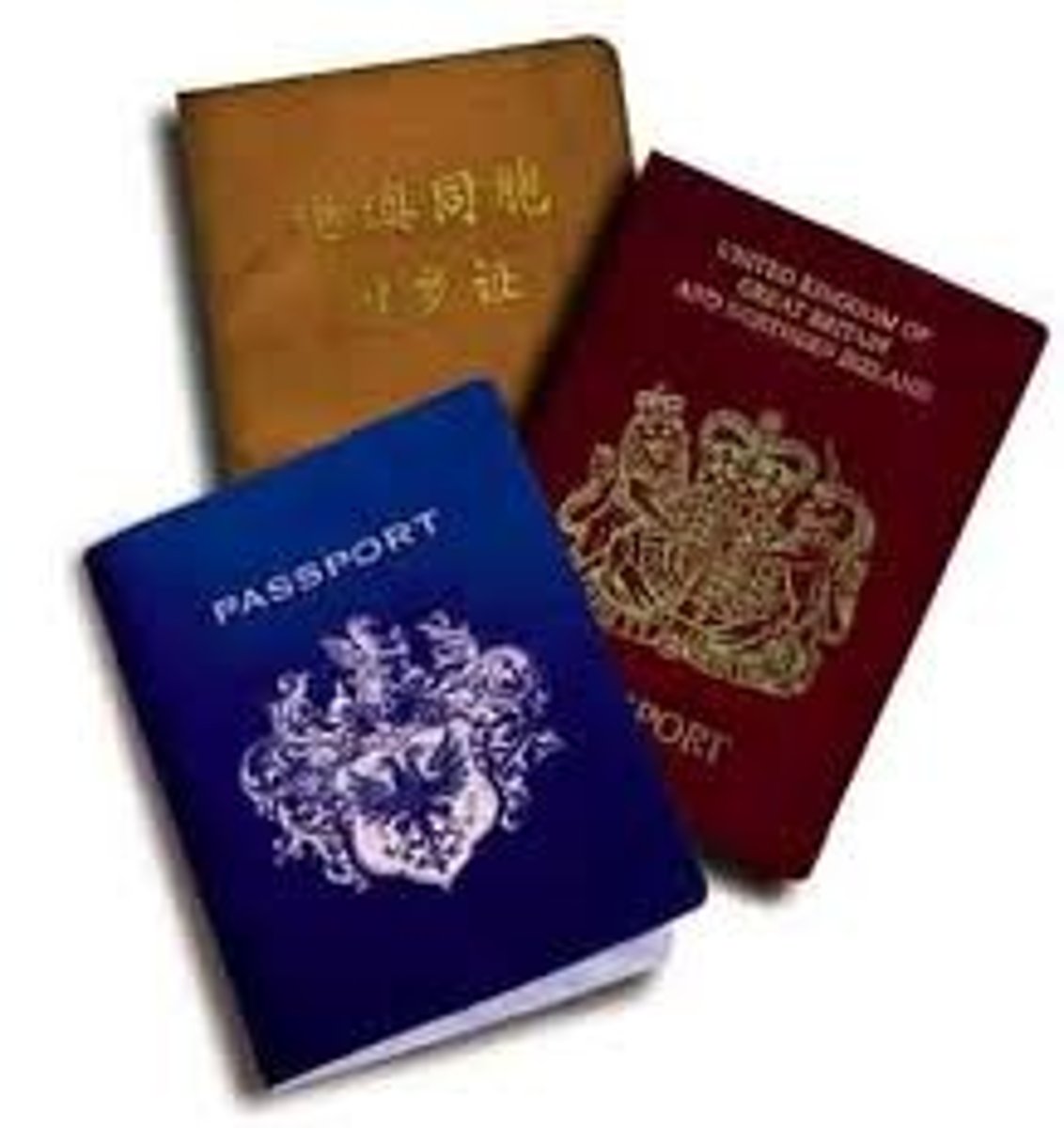
How well was the policy enforced?
Strictly in urban areas - harder to control in rural areas- traditional to have large families
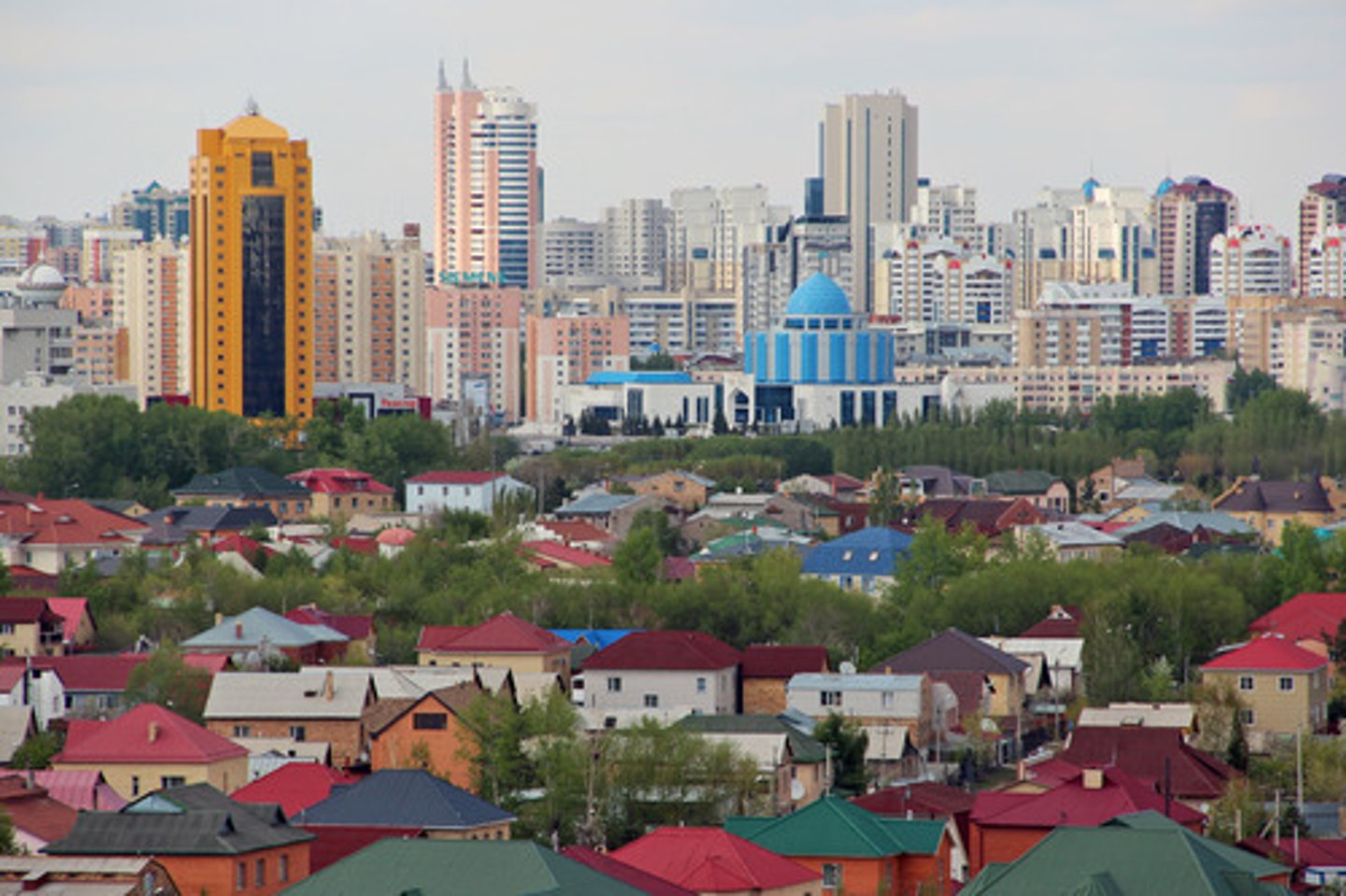
What is the current rate of population growth?
0.7%
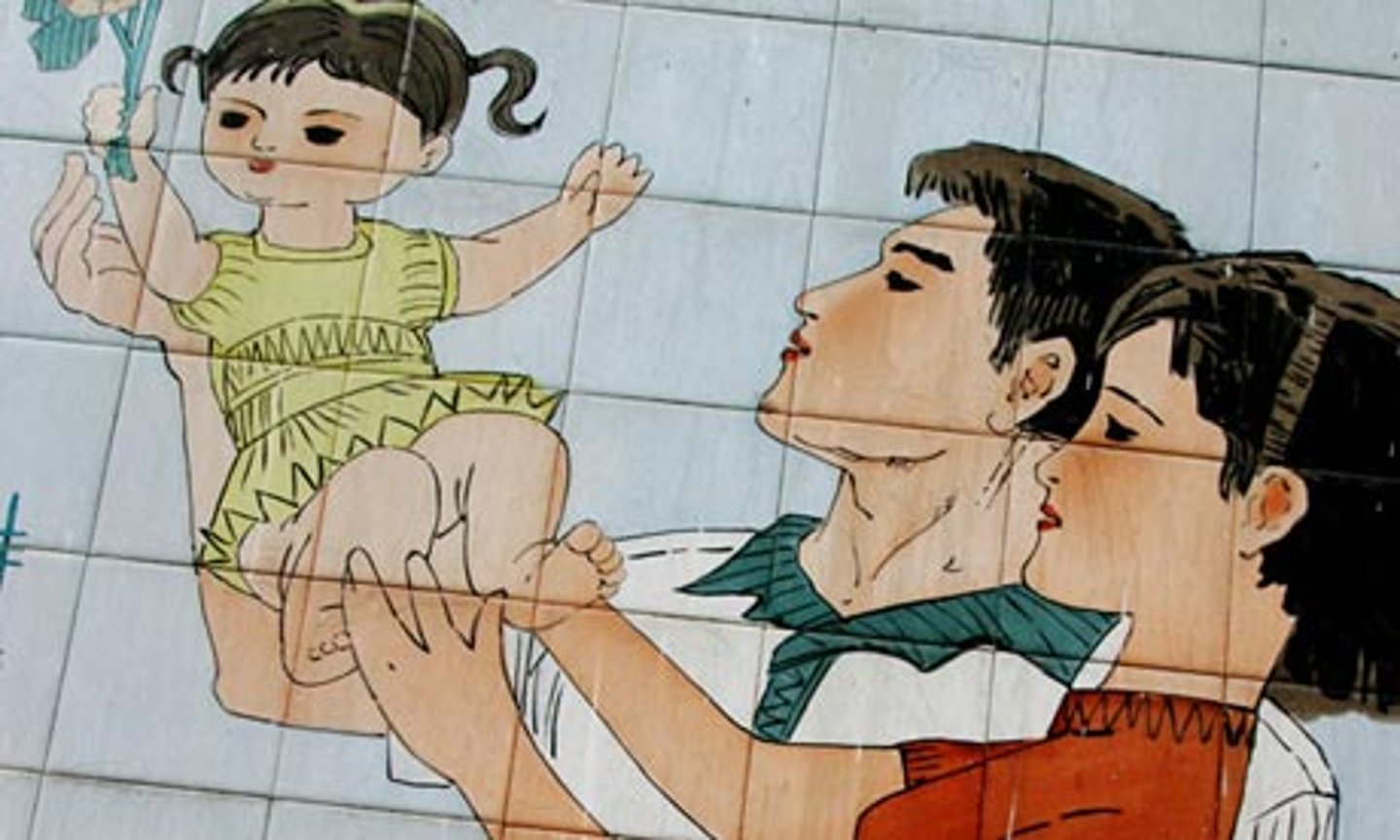
Successes of the one child policy
- 400 million prevented births
- forecasted famine did not occur
- economically powerful - 8% economic growth
-Fertility rate dropped from 5.7 to 1.8
- more jobs available

Failures of the one child policy
- Aging population
- human rights abuse - denied reproductive rights etc.
- female infanticide - sons are favoured - 90% fetuses aborted are female
- gender imbalance - marriage difficult + increased prostitution
- little emperor syndrome - caused increase in divorce rate
- rural/poorer classes suffered most - need more children to work on farms and support them in old age
- policy favours those with money who can afford fines - 2000 Chinese officials broke one child rule - or had multiple children with multiple mistresses
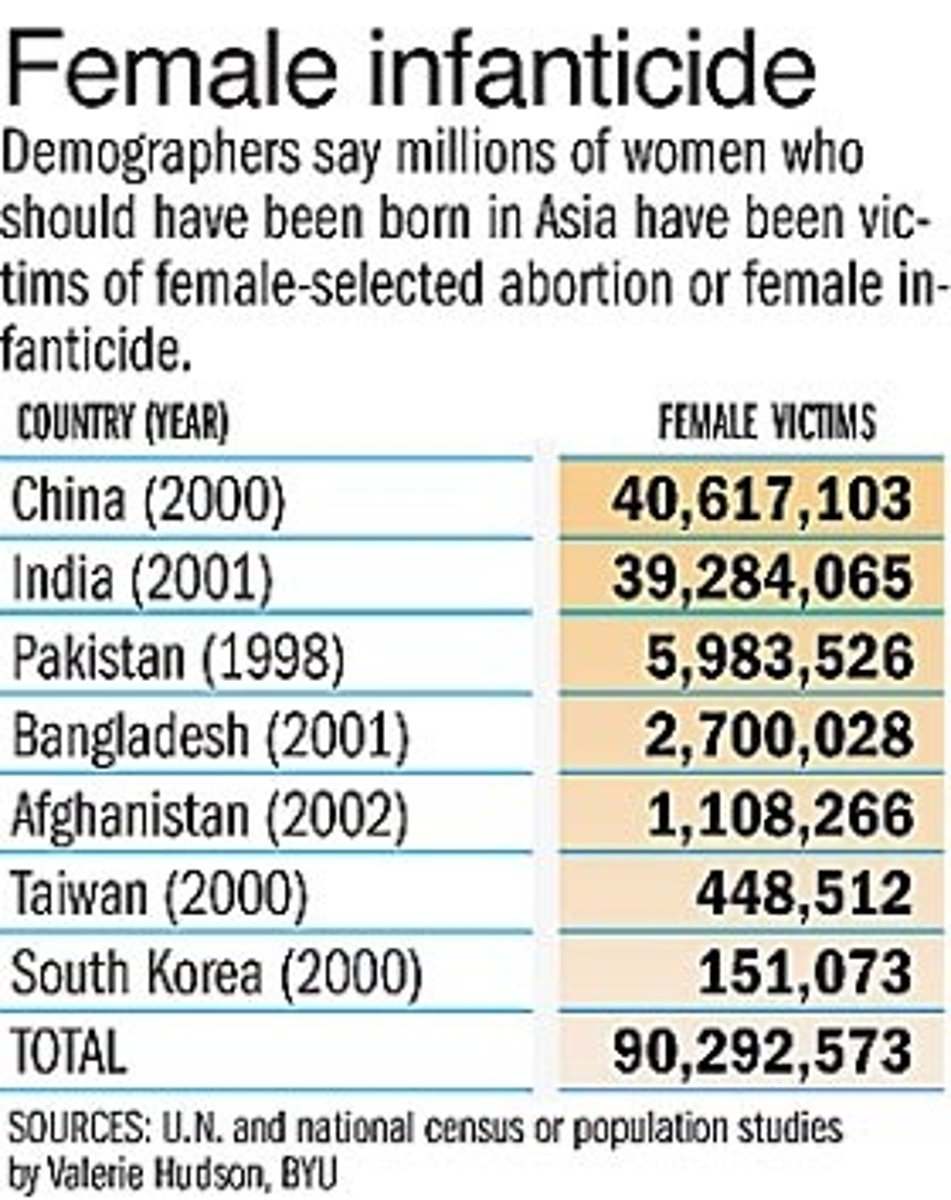
Changes to the policy
1990s
- couples who are both adult only-children can have two children
- Minority couple can have two children
- in remote areas they can have another child
2015
- changed to 2-child policy - still restricted

What is China's total population now?
1.35 billion
What if the future for China's population?
population is expected to peak at about 1.6 billion around 2045-50 and then to slowly decrease. As it does so, the quality of life should improve, especially in terms of health and education
population pyramid become hourglass shape - very high proportion of dependents
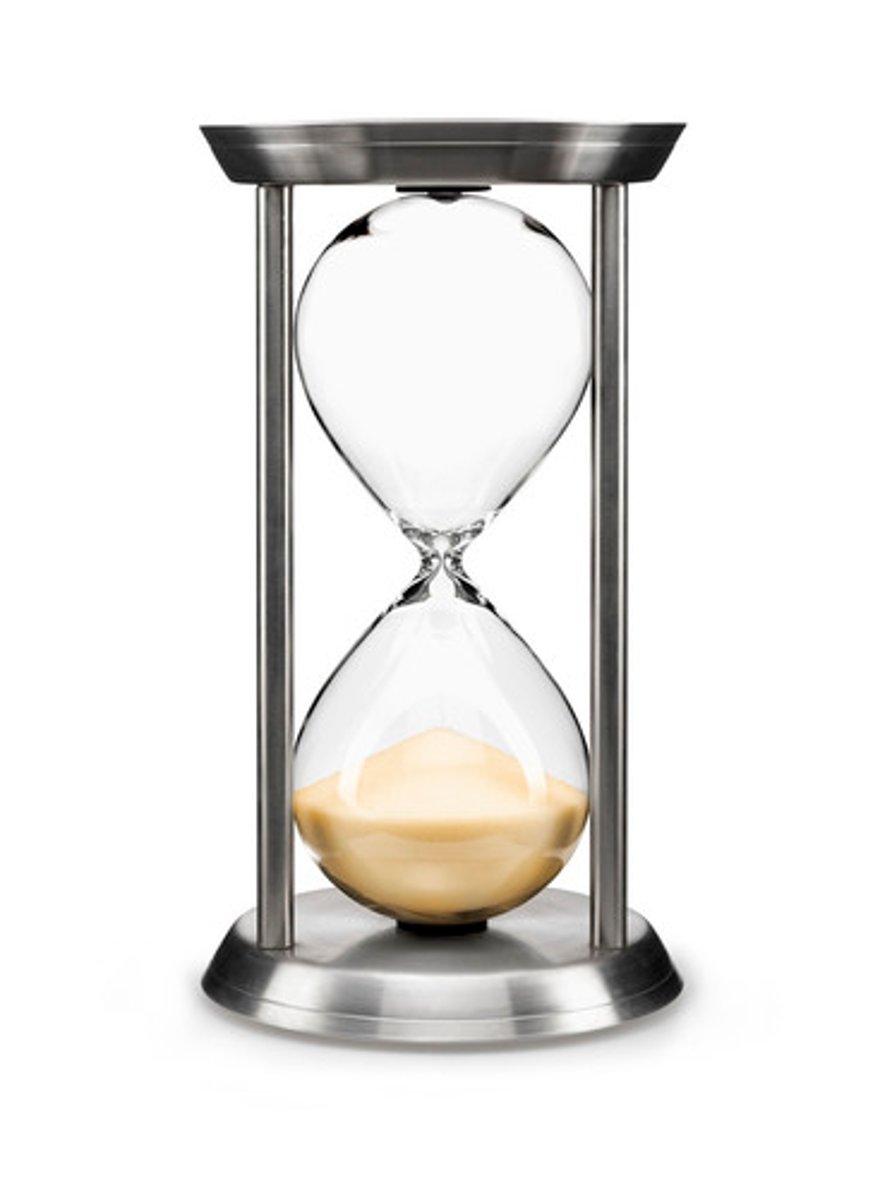
How sustainable was the policy and why?
- Not very sustainable - not enough women, not enough people to work, population growth has slowed and the government and people are split
- resentment the government - caused tension
